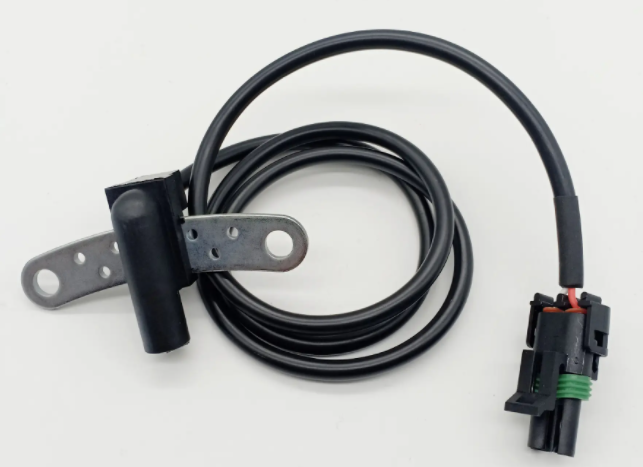The crankshaft position sensor is an essential part of your vehicle’s engine management system, and it plays a crucial role in keeping your engine running smoothly. Recognizing the signs of a bad crankshaft sensor can help you address the issue before it causes more significant problems. In this article, we’ll delve into the symptoms of a failing crankshaft position sensor and the necessary steps to fix it.
Understanding the Crankshaft Position Sensor
The crankshaft position sensor is a critical component that monitors the engine’s rotational speed and position. It sends this information to the engine control module (ECM), which uses it to adjust fuel injection and ignition timing for optimal engine performance.
Symptoms of a Bad Crankshaft Position Sensor
If your crankshaft position sensor is failing, you might notice the following signs:
- Check engine light: The check engine light may illuminate on your dashboard, indicating a problem with the sensor.
- Difficulty starting: A failing sensor can make it challenging to start your engine or cause it not to start at all.
- Engine misfires: A faulty crankshaft position sensor can lead to engine misfires, which may be accompanied by rough idling or vibrations.
- Stalling: If the sensor isn’t functioning correctly, the engine may stall suddenly, especially when coming to a stop.

It’s crucial to address a failing crankshaft position sensor to avoid further damage to your engine. One related component to inspect is the rear crankshaft seal, which prevents oil from leaking out of the engine. A leaking rear crankshaft seal can cause oil to contaminate the sensor, leading to potential sensor failure.
Another critical aspect of engine performance is maintaining the correct connecting rod side clearance. This clearance ensures smooth operation and prevents damage to the connecting rods, which are essential components of the engine.
For more information on how crankshaft position sensors contribute to engine performance, check out our article, Unlock the Full Potential of Gasoline Engines with Crankshaft Position Sensors: Function, Advantages, and User Experience.
In conclusion, being able to recognize the signs of a bad crankshaft sensor is vital for maintaining your vehicle’s engine health. Addressing these issues promptly can save you from costly repairs and keep your engine running at its best.